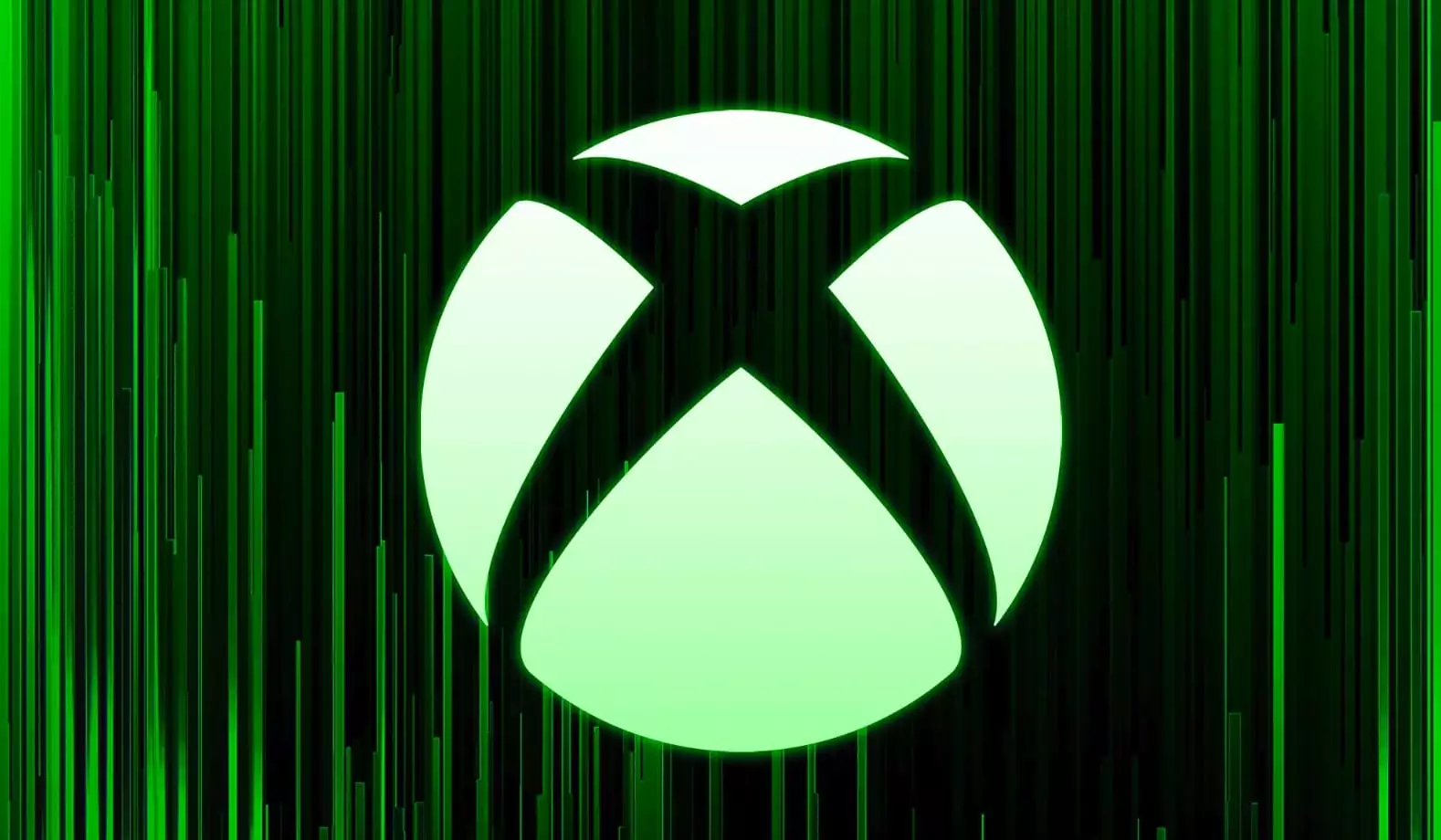Phil Spencer, CEO of Microsoft Gaming, has officially ignited excitement in gaming circles by confirming that the tech giant is actively developing a major handheld gaming device. During a conversation with Bloomberg, he emphasized that while prototypes are currently in the development stage, there is a clear commitment to creating something substantial within the handheld gaming market. This move is significant, as it represents Microsoft’s continued evolution and willingness to innovate in the rapidly shifting landscape of gaming.
Spencer conveyed that Microsoft is not merely jumping into the handheld arena without thorough research. The company is extensively analyzing the current handheld gaming landscape to gauge its opportunities. Spencer’s remarks suggest that the initiative is not just about entering the market but is rooted in crafting a unique vision that sets Microsoft apart from existing players. He mentioned that Microsoft is dedicated to enhancing its Xbox app for current handheld devices, aiming for compatibility that allows gamers to enjoy Xbox titles on various platforms. This broader approach aligns with Microsoft’s recent marketing strategies, which claim that nearly any modern device can serve as an Xbox.
Despite Spencer’s enthusiasm for creating a fully-fledged handheld device, one can’t help but question its necessity. The current market already boasts numerous handheld consoles that run Windows, providing gamers access to popular Xbox titles. Devices such as the Steam Deck and others like the Asus ROG Ally are already capable of running Windows and using Xbox Game Pass, albeit with varying degrees of stability. The pressing question remains: What distinct value or performance enhancements would a Microsoft-branded handheld offer that third-party devices do not?
Spencer expressed a desire for the upcoming handheld to facilitate local gaming rather than relying solely on cloud services. This focus on local performance is telling, as it highlights a crucial aspect of gaming hardware — responsiveness and reliability. Cloud gaming, while innovative, can often suffer from latency issues, leading to a less than optimal gaming experience, especially in fast-paced environments. As gamers are increasingly seeking robust, standalone gaming options, Microsoft’s direction could fill a vital gap in current offerings.
While the news of a new handheld device is promising, the reality is that it is still in the formative stages, paired with the uncertainty of market reception. Spencer indicated that the timeline for this new device’s debut remains open-ended, and the development may take considerable time to materialize. This waiting game poses a risk in itself; competitors already capitalizing on handheld gaming innovations may further entrench themselves, making it increasingly challenging for Microsoft to carve out a niche.
As Microsoft forges ahead into the handheld gaming market, it faces a mix of opportunities and challenges. The key lies in understanding what gamers truly want and how to meet those expectations with innovative technology and seamless user experiences. Until the company unveils tangible product details, the gaming community will be left in eager anticipation, hoping for a device that not only matches but exceeds current offerings in a competitive space. Microsoft’s future in handheld gaming is brightly lit with potential, but whether it will harness that potential effectively remains to be seen.


Leave a Reply